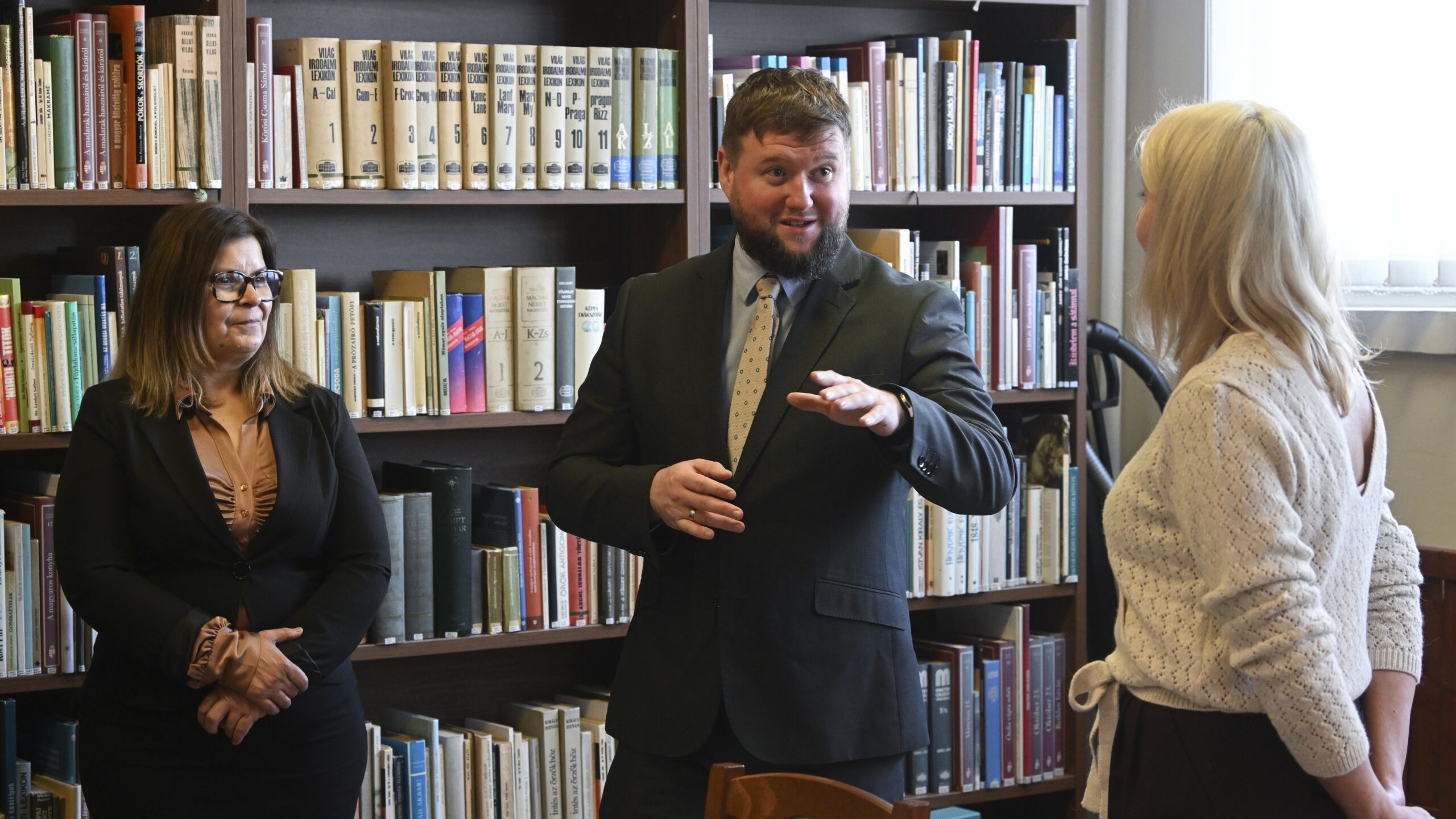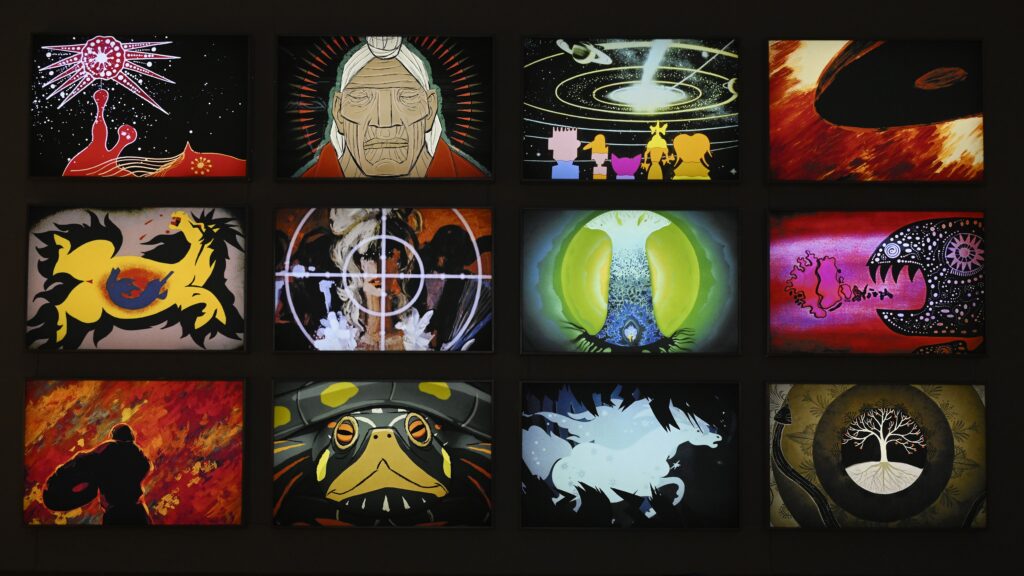Hungary’s libraries are experiencing a resurgence in readership and community participation thanks to the Library Challenge initiative launched by the Ministry of Culture and Innovation (KIM). The programme aims to promote reading, encourage library visits, and strengthen community ties, with promising results already visible in small towns like Kétpó and Tomajmonostora.
Speaking at an event in Kétpó on Thursday, Máté Vincze, Deputy State Secretary for Public Collections and Cultural Development at KIM, highlighted the growing strength of Hungary’s library system since the COVID-19 pandemic. ‘More and more people are signing up for library memberships and borrowing books, showing a renewed appreciation for reading,’ he noted.
Vincze emphasized the evolving role of libraries as analogue spaces, describing them as sanctuaries for personal time and self-enrichment. He underlined the broader benefits of reading, which fosters creativity, enhances quality of life, and enriches both individual and community experiences. The Library Challenge was specifically designed to attract more readers and reinforce the role of libraries as cultural and educational centres. Kétpó and Tomajmonostora have actively participated in the initiative and have already demonstrated significant success based on key indicators. Both towns operate local libraries within the County Library Supply System (KSZR), which ensures access to books and services through support from county libraries. Participation in community events at the Kétpó library has surged by 64 per cent, with the library now considered the ‘heart of the cultural community’. Meanwhile, in Tomajmonostora, library memberships have doubled, and book loans have increased sixfold compared to January of the previous year.
‘Small community libraries are growing in importance everywhere,’ Vincze stressed, noting that Hungarians borrow approximately 16 million books annually. Over 10 per cent of these loans take place in KSZR libraries in settlements with fewer than 5,000 residents, highlighting the crucial role of these institutions in promoting reading nationwide. As part of broader cultural initiatives, the Ministry of Culture and Innovation has also announced the Jókai Commemorative Year, celebrating the legacy of Mór Jókai, one of Hungary’s most cherished literary figures. Vincze described the event as ‘the year of patriotism,’ highlighting Jókai’s deep cultural influence in various aspects of Hungarian life, from literature and travel to gastronomy and human relationships.
Libraries are encouraged to participate by creating dedicated Jókai corners and organizing events that celebrate his works and values.
The event concluded with a symbolic gesture: Vincze and Deputy Director-General of the National Széchényi Library Judit Gerencsér presented a selection of books to the Kétpó Library, reinforcing the government’s commitment to supporting local reading initiatives. Additional books were also donated to the Tomajmonostora Library.
With initiatives like the Library Challenge and the Jókai Commemorative Year, Hungary’s libraries are not just surviving—they are thriving as essential spaces for culture, learning, and community engagement.
Related articles:








